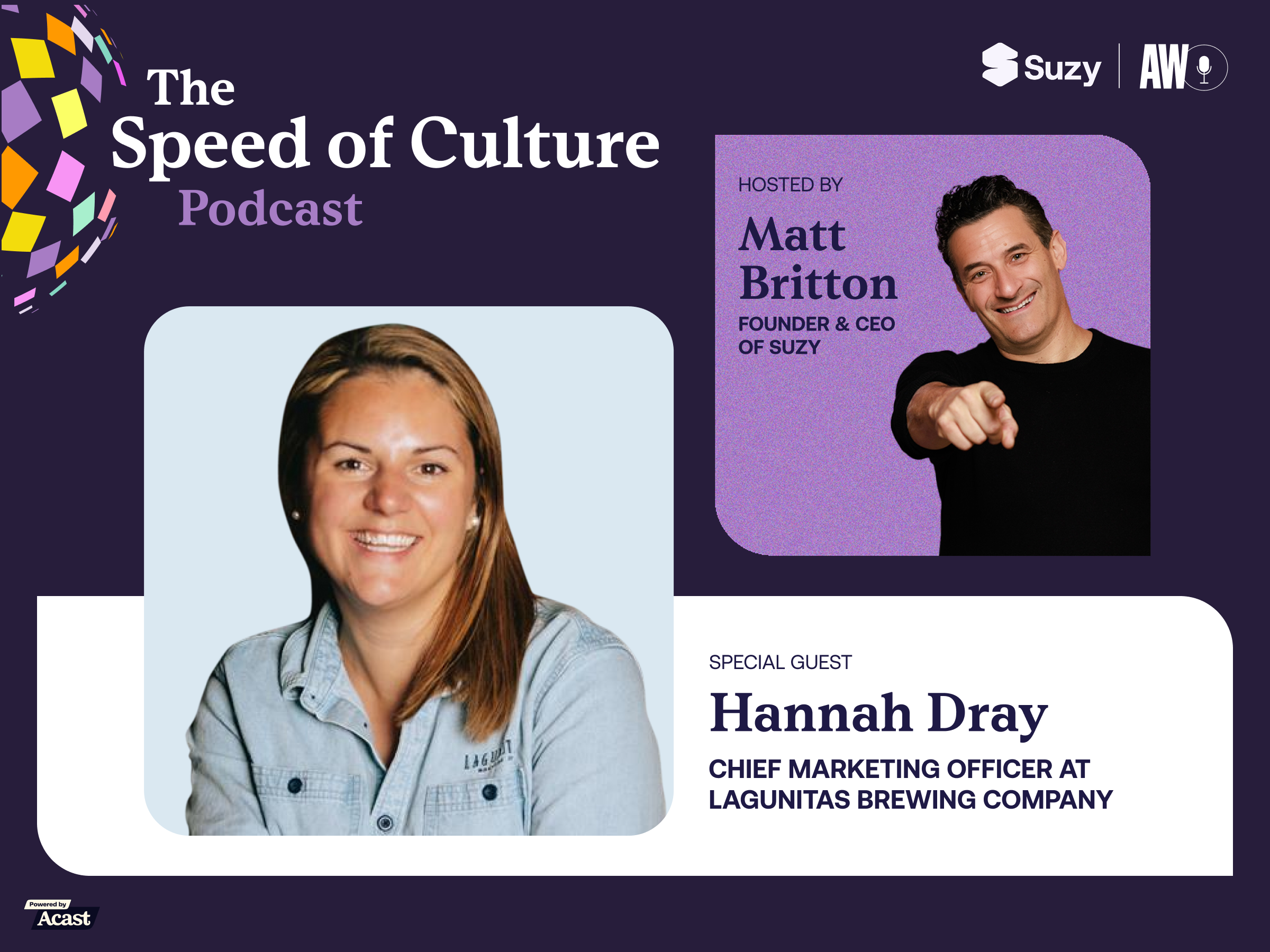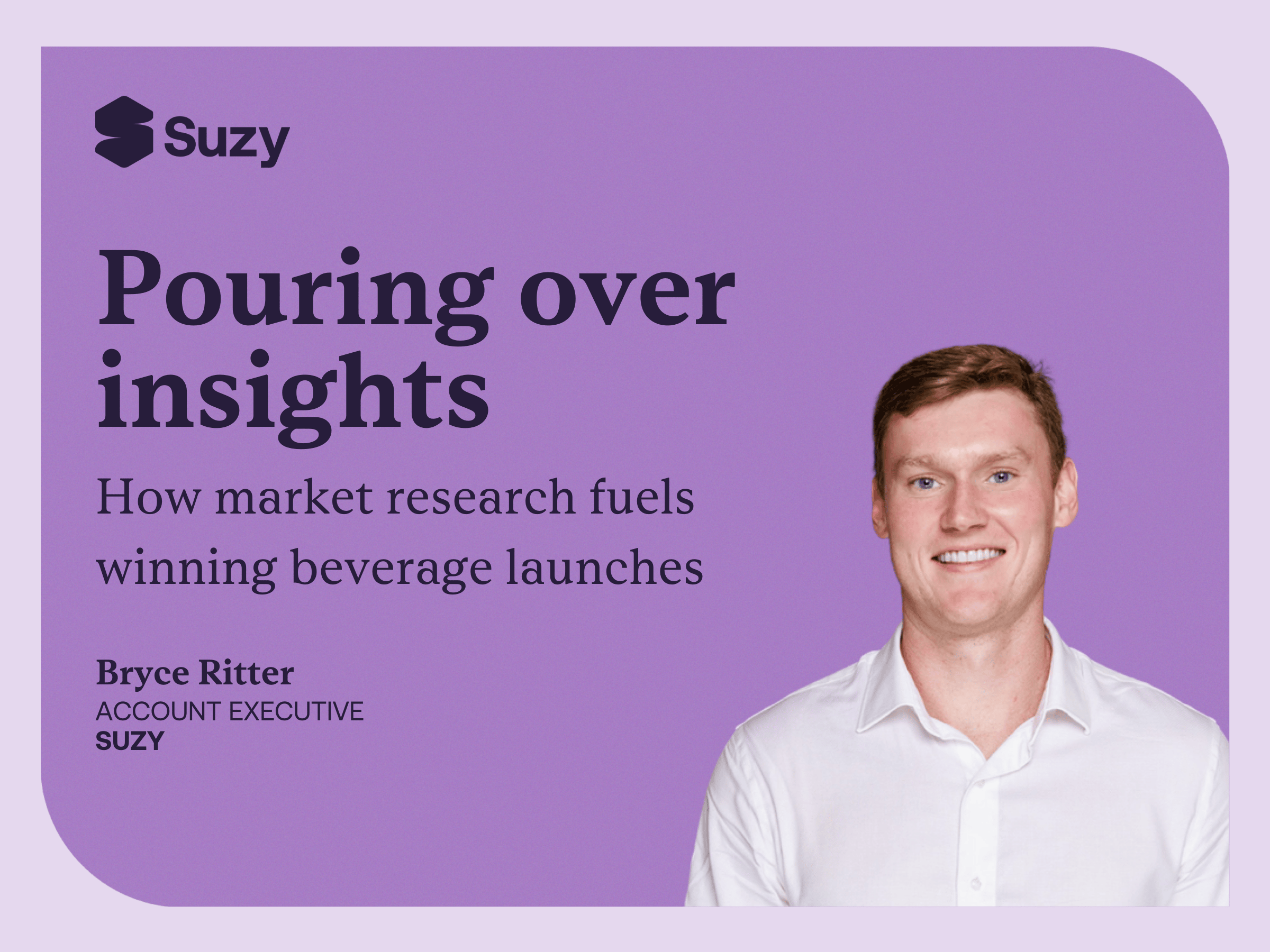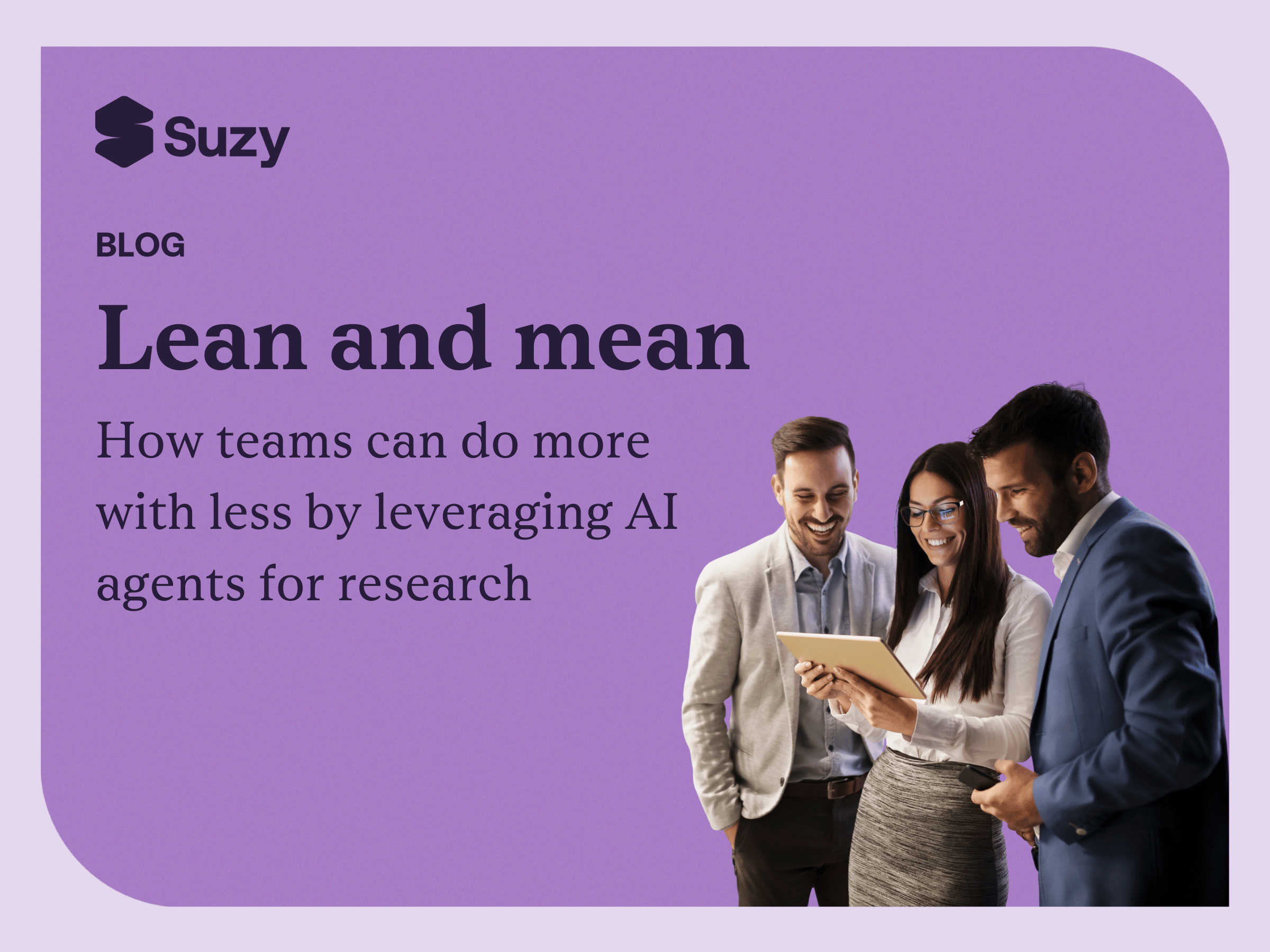The problem of data silos
For decades, one of the biggest challenges facing brand, marketing, and insights teams has been the proliferation of data silos. Research studies live in PowerPoint decks. Customer support logs sit in Zendesk. Campaign results are in HubSpot or Salesforce. Ad data streams from Amazon, Pinterest, or LinkedIn. And often, IT departments hold the keys to proprietary databases tucked away in cloud environments like AWS, Azure, or Google Cloud.
Each of these systems offers value, but only in isolation. When teams need to answer big questions or tell a coherent story, they’re left stitching together fragments from a dozen platforms, wasting hours on manual effort. This fragmentation slows decision-making, creates duplication, and leaves leadership frustrated at the lack of clarity.
Enter data hubs: centralized platforms designed to break down silos by bringing all your information into one searchable, actionable ecosystem. Done right, data hubs can transform how brands work. They don’t just unify data; they accelerate insights, simplify workflows, and free teams to focus on strategy rather than logistics.
But here’s the challenge: with more and more tools claiming to offer “data hub” capabilities, how do brands know which one to choose?
Why data hubs matter more than ever
Consumers move faster than brands
Markets today shift overnight. TikTok trends can reshape categories in weeks. Retailers adjust shelves on short notice. Competitors launch campaigns that demand a rapid response. Brands need to act quickly, but insights teams are often stuck waiting for access to scattered data.
A well-designed data hub ensures that when a new question arises—“What did our last campaign teach us about Gen Z engagement?”—teams can find the answer instantly by querying across research, CRM, ad platforms, and support logs.
Internal expectations are rising
Leaders increasingly expect insights on demand. They want decision-ready briefs, not “we’ll get back to you in two weeks.” Data hubs deliver by turning retrieval into a matter of seconds, not days.
AI needs unified data
The rise of AI in research and analytics has made data hubs even more essential. AI agents thrive when they can draw on a rich, centralized pool of information. Without a hub, AI is starved of context and forced to operate in silos.
The trap of over-engineered data hubs
If data hubs are so powerful, why haven’t they solved the silo problem already? The answer lies in how they’re implemented.
Complex implementations
Many platforms require months of IT coordination, API integrations, and upfront mapping of every data source a company might someday want to use. This creates a paradox: by the time the hub is live, business needs have already shifted, apps have been replaced, or new tools have been adopted.
Rigid architectures
Traditional hubs often force brands to choose their integrations during setup. If new tools are adopted later or priorities change, adding them can mean repeating the entire implementation process. This rigidity is the opposite of what fast-moving teams need.
The IT bottleneck
In many organizations, IT becomes the gatekeeper of the data hub. That means every new integration or data upload requires tickets, coordination, and delays. Instead of empowering teams, the hub becomes another choke point.
The result? Brands end up with expensive, underutilized systems that never deliver on their promise.
What brands really want from a data hub
Based on conversations with marketing, shopper, and insights leaders, three priorities consistently rise to the top:
- Flexibility: The hub must adapt as the business evolves, not lock teams into rigid choices made months earlier.
- Simplicity: Setup should be lightweight and user-friendly, without requiring armies of consultants or IT staff.
- Security: Integrations must be safe, compliant, and enterprise-ready, so teams can trust the system.
Put simply: the right hub is the one that makes it easy to get started, easy to expand, and safe to use every day.
Ask Suzy: A smarter approach to data hubs
This is where Ask Suzy comes in. Built as the conversational gateway to a flexible, secure data hub, Ask Suzy addresses the very pain points that hold other platforms back.
1. Query your entire data hub in one place
Ask Suzy allows users to query across all their connected data sources, including past Suzy research, uploaded decks, cloud storage, CRM data, ad platforms, and more. Directly in natural language chat.
That means no more toggling between systems or waiting for another team to pull data for you. You simply ask, and Suzy retrieves, synthesizes, and cites the answers.
2. Integrations without the headaches
Unlike traditional data hubs that require custom APIs and heavy IT lift, Ask Suzy uses secure, click-to-connect integrations powered by Pipedream.
.
In just a few clicks, users can integrate with over 2,800 apps, including:
- Cloud platforms: Google Drive, Microsoft Azure, AWS, Google Cloud
- Collaboration tools: SharePoint, Dropbox
- CRM and marketing systems: Salesforce, HubSpot, Klaviyo
- Customer service platforms: Zendesk
- Ad platforms: Pinterest, LinkedIn Ads, Amazon Ads, Shopify
- And thousands more
These integrations can happen at any time—not just during setup. If your brand adopts a new tool next quarter, you can add it instantly, without reimplementation.
3. Manual uploads for complete coverage
Have data that isn’t in an app? No problem. Ask Suzy lets users manually upload files, whether that’s historical tracker data from another vendor, a CSV export from a proprietary system, or a one-off agency report. Once uploaded, these assets become fully searchable and can be combined with other data in your hub.
4. Flexibility meets security
With enterprise-grade compliance (SOC 2 Type II, ISO 27001, HIPAA, GDPR), Ask Suzy ensures that integrations are not only simple but also secure. Teams get the agility they crave without sacrificing trust.
Why flexibility + simplicity = power
The combination of flexibility and simplicity is what makes a data hub truly transformational.
- Flexibility means your hub evolves with your business, supporting new tools, data types, and workflows as they emerge.
- Simplicity means teams can actually use it—without waiting for IT, without training hurdles, and without friction.
When both come together, the hub becomes a daily habit rather than an occasional burden. It becomes the backbone of decision-making, not just another system gathering dust.
Real-world impact for brands
Faster decisions
With Ask Suzy, a CMO preparing for a board meeting can query brand trackers, sales data, and recent consumer qual in seconds—no analyst needed.
More empowered teams
Insights managers can instantly find past research, pull retailer-ready decks, or combine Signals with uploaded reports, all without chasing down files.
Reduced redundancy
By making all data accessible, Ask Suzy reduces duplicate projects and ensures every new study builds on what’s already known.
Democratized access
Because setup is so lightweight, more teams can participate in the hub without relying on IT or external vendors.
How to evaluate data hubs: A checklist
If you’re assessing platforms, here are the key questions to ask:
- Setup: Can we connect the tools we use today in minutes, or will it take months of IT work?
- Expansion: If we add new tools later, can we integrate them without starting over?
- Uploads: Can we bring in one-off files or custom data sources?
- Security: Are integrations compliant with enterprise standards?
- Usability: Can everyday users query the hub without technical training?
- Outputs: Does the hub just collect data, or does it also help us generate insights and deliverables?
In almost every case, the best choice is the hub that maximizes flexibility and simplicity.
Conclusion: The Hub that works for you
Data hubs are no longer a “nice to have.” They’re a must-have for brands that want to stay competitive in a fast-moving world. But not all hubs are created equal. The ones that succeed are those that put flexibility, simplicity, and security first, empowering teams to connect what they need, when they need it, without the roadblocks.
Ask Suzy was designed with exactly this in mind. It’s not just a hub. It’s a conversational gateway to all your data, powered by AI, secure by design, and simple enough for anyone to use.
Sign-up here to get exclusive access to the new Suzy app featuring Ask Suzy, starting October 6.
.webp)
.png)






